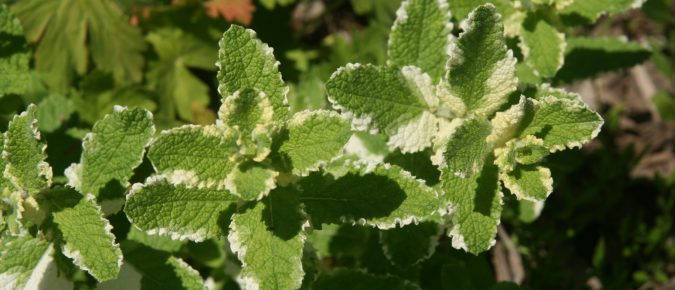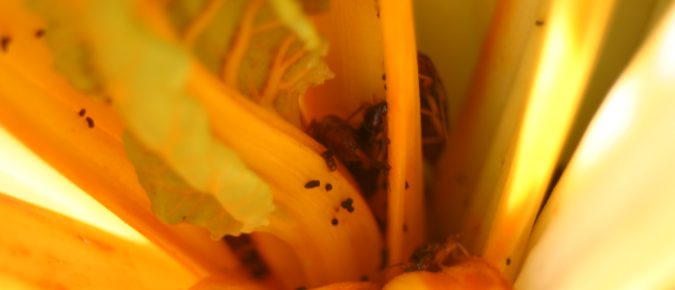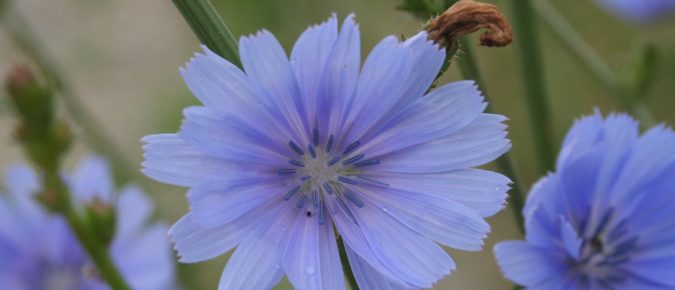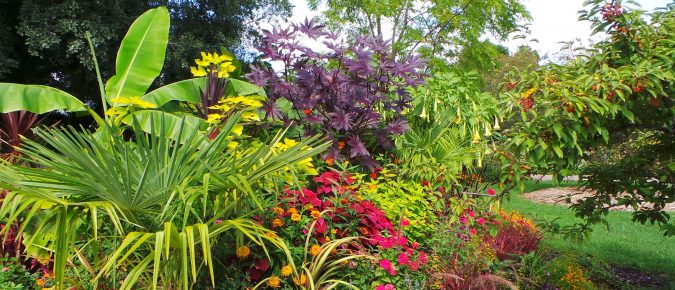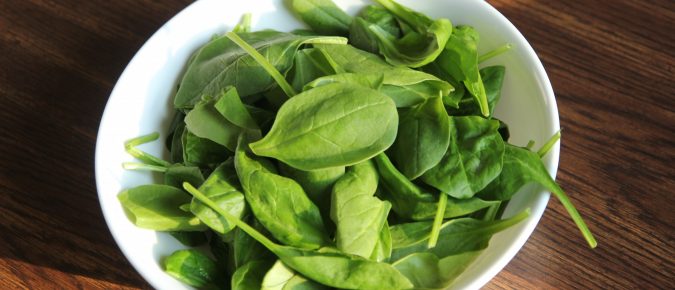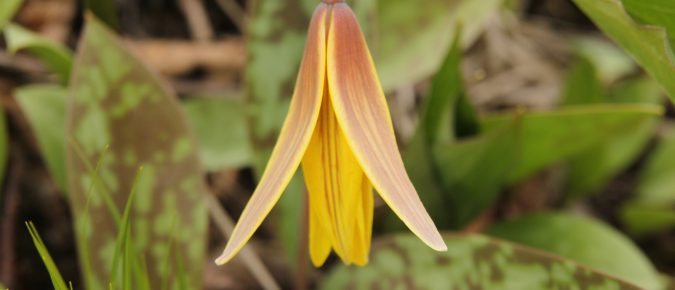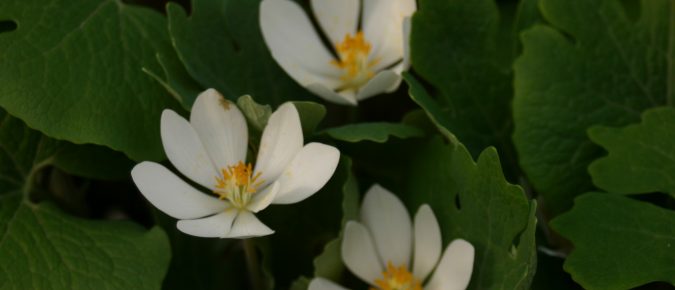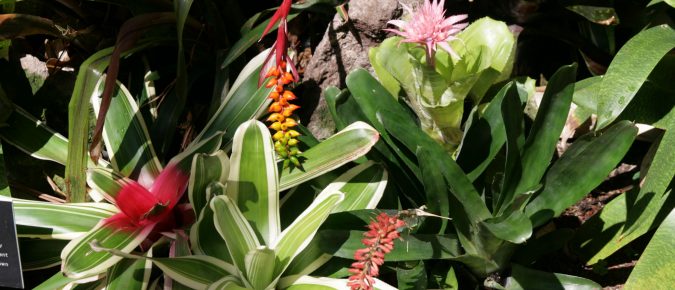Articles

Gardening Articles
Research-based horticulture information to help keep your plants and gardens thriving.
Pineapple Mint, Mentha suaveolens ‘Variegata’
Pineapple mint is a fuzzy-leaved plant that can be used as an herb or included in the garden as an ornamental for its variegated foliage. To learn more, read this article…
Earwigs
Many people are repulsed by the sight of an earwig and its intimidating back end. But those pinchers are mostly just for show, and these insects won’t harm people. They are primarily scavengers feeding at night, but they will eat some living plants and may cause damage at times. To learn more about these “icky” insects, read this article…
Yellow Archangel, Lamiastrum galeobdolon
Yellow archangel is a hardy perennial in the mint family related to Lamium (deadnettles). Generally only variegated cultivars of this plant are grown, primarily for their foliage, although they do have interesting flowers for a short time every year. To learn more about Lamiastrum galeobdolon, read this article…
Chicory, Cichorium intybus
Blue flowers along the roadside blooming much of summer (if not mowed off) is most likely chicory, an escaped, naturalized European plant. Used for food and forage since ancient times, most Americans know it just as a weed. Learn more about chicory in this article.
Castor Bean, Ricinus communis
Looking to add drama to your landscape? Castor bean is a fast-growing tender perennial with huge leaves that can be used as a seasonal annual in cooler climates. Chose from a number of varieties of this East African native selected for their ornamental value to make a bold statement in your garden. To learn more about this plant, read this article…
Spinach, Spinacia oleracea
Spinach is a quick and easy crop perfect for the home garden, and there are many cultivars of this cool season plant. To learn more about growing this leafy green, read this article…
Henbit, Lamium amplexicaule
With small but pretty pink flowers, henbit might be considered an ornamental plant, but is a weed for most people. This introduced relative of the more-refined, perennial spotted deadnettle (Lamium maculatum) that is commonly cultivated in gardens is an annual or winter annual. To learn more about this plant, read this article…
Erythronium ‘Pagoda’
With big yellow flowers, the Erythronium hybrid ‘Pagoda’ is a great addition to shady gardens. Developed from two species of native North American wildflowers, this spring bloomer will naturalize in woodland gardens and combines well with bleeding heart, columbine and hostas. To learn more about this garden ornamental, read this article…
Bloodroot, Sanguinaria canadensis
Bloodroot is one of the first wildflowers to open its bright white flowers in Midwestern woodlands. This native plant is at home in deciduous forests and shade gardens with well drained soils. Learn much more about this spring wildflower in this article.
Asparagus fern, Asparagus densiflorus
Asparagus fern is a South African native which is not a fern, but is related to the edible asparagus. The bright green, ferny foliage of this tender perennial makes it a nice houseplant and a good counterpoint to brightly colored flowers in an outdoor seasonal planting. To learn more about this plant, read this article…
Bromeliads
If you’re looking for a houseplant with attractive foliage that’s not just another leafy thing, and maybe some long-lasting flowers, consider a bromeliad. This plant family has a wide variety of species with many that are easily grown indoors if you choose a type adapted to your conditions. Learn more about this interesting group of plants in this article…
Brunnera macrophylla ‘Jack Frost’
Brunnera macrophylla ‘Jack Frost’ has been chosen by the Perennial Plant Association as their Plant of the Year 2012. With light blue flowers in spring and bright, silvery, crackled-looking foliage that really shines in the shade, this plant is a great addition to most gardens. You can find out more about this special cultivar by reading this article…

